PiattiPlates and platters for sharing, inspired by Italy
The Editor-in-Chief of SAVEUR magazine, author Stacy Adimando combines her Italian heritage and tradition of serving abundant spreads to create 75 recipes for generous plates and platters meant for grazing. Organized by season and ranging in size from starting bites, such as Grilled Bacon-Wrapped Leeks with Honey Glaze and Shaved Fennel Salad with Sweet Peas and Avocado, to main courses, such as Crispy Pork Ribs with Herb Sauce and Seared Shrimp with Braised Savoy Cabbage, these are generous dishes to serve to family and friends for gatherings large and small. Filled with advice on how to plate and pair dishes for a range of occasions, this visually stunning book, with distinctive binding featuring a partially exposed spine, imparts what many cooks of Italy seem born knowing: the secrets to pulling off an impressive feast, without formality or fussiness, but with love, ease, and elegance.
Stacy Adimando is the executive editor of Saveur and a James Beard Award–winning author. Her work has appeared in Bon Appétit and Food & Wine, among others. She lives in Brooklyn, New York. Piatti is her debut solo cookbook.
Linda Pugliese is a food photographer living in Brooklyn, New York.
Stacy Adimando’s new book Piatti delves into the world of antipasti and all that goes with it. Stacy was recently kind enough to wander a few of our questions about her book.
BAF: What was your inspiration for this project?
Stacy Adimando: I come from a big, Italian-American family with roots in southern Italy, and I’ve been traveling around Italy for years trying to remain as in touch as possible with our heritage and the country’s traditions that I love so much. Among all of the recipes and parts of the meal I cherish, I really fell hard for the tradition of serving and eating Italian antipasti. So regionally diverse, colorful, and tempting, these delicious platters are among my favorite parts of the meal when I’m in Italy but they’re not as commonly celebrated or understood in the US. I wanted to share this generous course with more cooks and show the incredible range of foods that can be served for grazing on.
BAF: How do you describe antipasti to someone who is unfamiliar with the term?
Stacy Adimando: The word “antipasto” literally refers to the food that’s served “before the meal”—so antipasti platters are often the first bites served before a coursed meal in Italy. In Piatti, however, I make the case that these dishes are so delicious and abundant that grazing on them over the course of time can also be a complete meal in and of itself. Though what’s served as antipasti changes from region to region and household to household in Italy, what many of the traditional and modern dishes have in common is that they are abundant servings, dependent on the seasons and with a large reliance on vegetables, and often very simple or rustic. They’re meant to welcome guests and kickstart a gathering.
BAF: How important is antipasti in an Italian meal?
Stacy Adimando:In a more formal meal in Italy where there are multiple courses being served, you will almost always see some form of antipasti. After all, you need something to nibble on or serve while those first glasses of wine are being poured!
BAF: Can you tell us a little (or a lot) about the research/writing for this book?
Stacy Adimando:This book is filled with recipes and inspiration from my travels around Italy, as well as dishes that my Italian-American family has been making for generations. So while much of it comes from years of travel and learning abroad, other recipes in the book I learned from spending a lot of time in the kitchen watching my great grandmother, grandmother, mother, and great aunts and uncles cook dinner.
BAF: Did you have any big surprises or interesting discoveries during the writing process?
Stacy Adimando: One thing I have been very pleasantly surprised by is the openness to Italian readers and cooks to me putting some of my own twists and techniques into the antipasti tradition, since I did at times use the Italian mindset (finding the freshest things at the market, creating things simply and with love) to create dishes that aren’t necessarily traditional at all. I cherish so much that Italian cooks are often and consistently loyal to and proud of their culinary heritage, and I am, too. But I think if we want food traditions to carry on, sometimes allowing them to evolve slightly might be a way to help them last through many more generations beyond us.
BAF: Any interesting regional differences in antipasti?
Stacy Adimando: There are some characteristics most antipasti I’ve encountered in Italy have in common. Those are: an overall spirit of generosity, an ease of making and serving, a combination of some large plates and some small, and some served warm while others are served at room temperature. But from region to region, antipasti changes based on what ingredients are in season and grow and are used locally. As I write in Piatti, in the osterias of Rome, nothing can stand between me and a platter of crispy fried artichokes alla romana, creamy white beans with crispy pork and olive oil, or fried zucchini flowers with anchovies and cheese. But in Sicily, you will find different items like stuffed tomatoes or peppers, tarralli crackers, or grilled eggplant slicked with olive oil and sprinkled with fresh mint.
BAF: What’s next?
Stacy Adimando: I’m so happy to continue on this course of introducing more readers and friends to the incredible art of antipasti. And of course, I hope to do more learning and absorbing of all that I can in my future travels to Italy.
Grilled or Broiled Hot and Sweet Peppers with Mozzarella

I’m so bored by caprese, the overhyped chilled mozzarella and tomato salad. But I never get tired of this delicious replacement, which uses a combination of blackened and raw as well as sweet and spicy peppers. The heat from this dish can vary drastically depending on the type of fresh chiles you buy. So, consider cutting especially spicy peppers into smaller pieces and using less of them. But I love it hot—with the vinegary brine from the jar of pickled peperoncini poured all over the top. In a pinch, substitute jarred roasted red peppers, drained of their juices.
2 red bell peppers
2 yellow bell peppers
3 Tbsp extra-virgin olive oil
Kosher salt
Coarsely ground black pepper
6 oz [170 g] fresh mozzarella cheese, coarsely torn or sliced into large pieces [about 1¼ cups]
1 or 2 colorful cherry peppers or other medium-hot chiles, such as jalapeño, seeded and very thinly sliced
2 large pickled peperoncini, drained and thinly sliced, plus some juice from the jar
SERVES 6 TO 8
Preheat a grill to medium-high heat or prepare a broiler and place a rack in the top third of the oven.
If grilling, place the bell peppers on the grate and cook, turning with tongs as needed, until blackened slightly on all sides and just tender, about 10 minutes total. If broiling, place the peppers on a small aluminum foil–lined baking sheet and transfer to the top third of the oven. Broil the peppers, turning with tongs as needed, until blackened slightly on all sides and just tender, about 20 minutes total. Transfer the bell peppers to a bowl and tent tightly with plastic wrap until cool enough to handle.
Peel about three-fourths of the blackened skin off the peppers, rubbing with your fingers or a clean paper towel to remove it. Remove and discard the stems and seeds as well. Slice the pepper flesh into thick strips.
Drizzle a large serving platter with 1 Tbsp of olive oil. Season the oil lightly with salt. Add the cooked peppers (either warm or at room temperature), and season lightly with salt and black pepper.
Nestle the mozzarella pieces among the peppers, then distribute the fresh chile slices on top. Add the peperoncini. Drizzle the whole dish with the remaining 2 Tbsp of olive oil and 2 to 3 tsp of the brine from the peperoncini jar. Sprinkle with more black pepper and serve.
Reprinted from Piatti by Stacy Adimando with permission by Chronicle Books, 2019


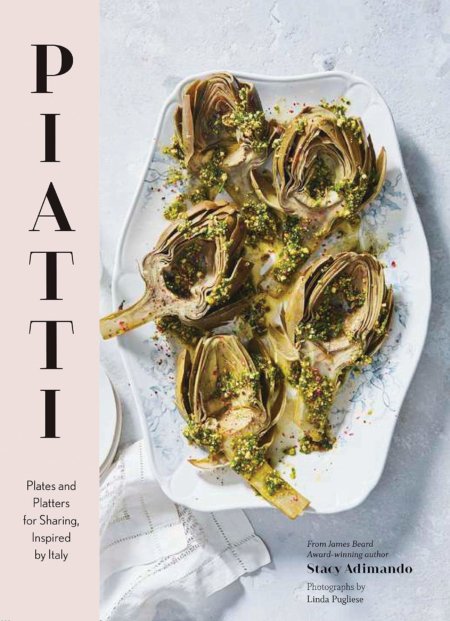



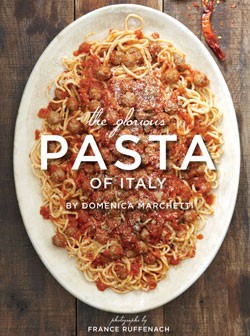
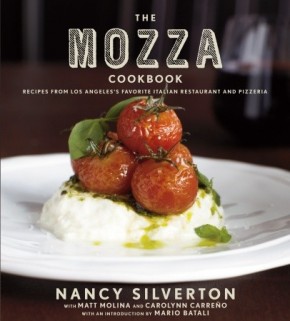
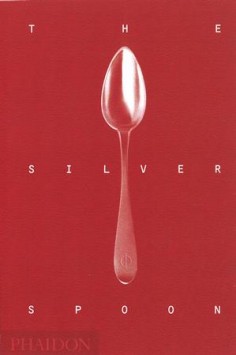
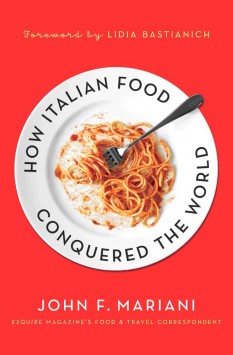

Leave a Reply